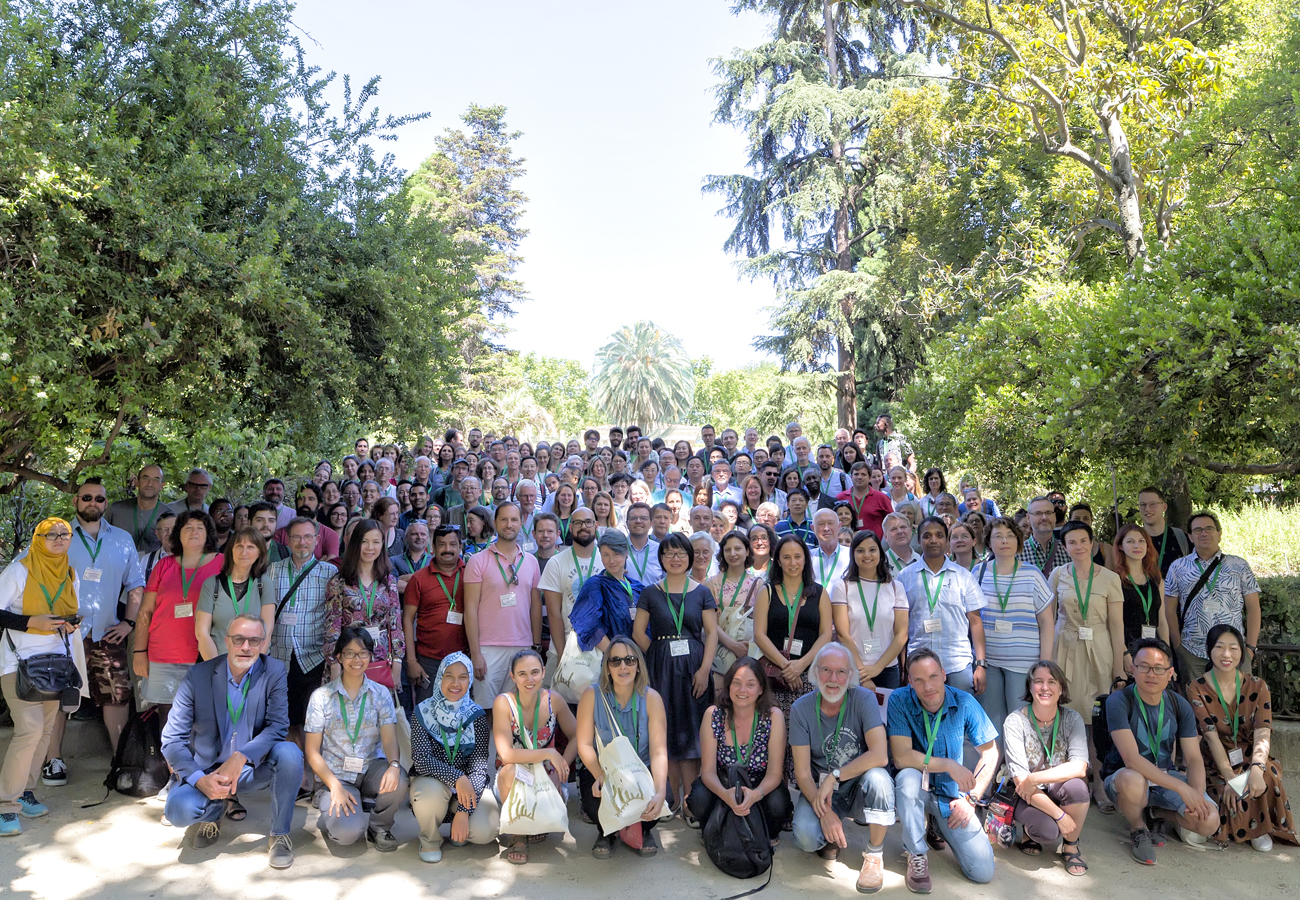Abstract
The International Association of Bryologists (IAB) has been close to my heart during half of a century. Following the establishment of the IAB at the International Botanical Congress in Seattle in 1969, I served as its first secretary-treasurer for eighteen years and helped setting it up. Now, a half-century later, it is a joy and great satisfaction to see a vigorous and healthy IAB continuing on the path of promoting communication and collaboration among the world’s bryologists. It is a pleasure therefore to write a few lines on the history of the organization for this special Golden Jubilee issue of Bryophyte Diversity and Evolution. In doing so, I lean heavily on my account of the early history of the Association (https://bryology.org/history-of-iab/) and my talk on the history of international collaboration at the IAB congress in Madrid (Gradstein 2000).
Downloads
References
Allen, B. & Magill, R.E. (Eds.) (1990) Proceedings of the Tropical Bryology Conference in St. Louis. Tropical Bryology 2: 1–284.
Delgadillo, C. (Ed.) (1996) Proceedings of the international bryological conference “Tropical Bryophytes: Biology, Diversity and Conservation”, Mexico City. Anales del Instituto de Biologia, Ser. Botánica 67: 1–226.
Geissler, E.P. & Greene, S.W. (Eds.) (1981) Bryophyte Taxonomy – Methods, practices and floristic exploration. Proceedings of the IAB taxonomic workshop meeting, Genève. Beiheft zur Nova Hedwigia 71: 1–558.
Geissler, E.P. & Bischler, H. (Eds.) (1985–1990) Index Hepaticarum, Vols. 8/9 (2nd. edition) and 10–12. J. Cramer, Vaduz, and Conservatoire et Jardin Botaniques, Genève, 1352 pp.
Glime, J. (Ed.) (1988) Methods in Bryology. Proceedings of Bryological Methods Workshop, Mainz. The Hattori Botanical Laboratory, Japan, 403 pp.
Gradstein, S.R. (2000) International collaboration among bryologists: past, present, future. The Bryological Times 149: 4–5.
Greene, S.W. & Harrington, A.J. (1988) Conspectus of Bryological Taxonomic Literature. Part 1. Index to monographs and regional reviews. Bryophytorum Bibliotheca 35: 1–272.
Greene, S.W. & Harrington, A.J. (1989) Conspectus of Bryological Taxonomic Literature. Part 2. Guide to national and regional literature. Bryophytorum Bibliotheca 37: 1–321.
Longton, R.E. (Ed.) (1997) Populations studies. Advances in Bryology 6: 1–309.
Magill, R.E. (1990) Glossarium Polyglottum Bryologiae. A multilingual glossary for bryology. Missouri Botanical Garden, St. Louis, 297 pp.
Pócs, T., Simon, T., Tuba, Z. & Podani, J. (Ed.) (1987) Proceedings of the IAB Conference of Bryoecology, Hungary, Parts A–B. Symposia Biologica Hungarica 35: 1–902.
Vitt, D.H., Gradstein, S.R. & Iwatsuki, Z. (1985) Compendium of Bryology. Bryophytorum Bibliotheca 30: 1–355.
von Konrat, M., Goffinet, B., Rodriquez, Y., McDonald, B., Zapata, C., Enkhbayer, M., Arnett, E., Harris, J. & Martinec, J. (Eds.) (2020) Abstracts from the 2019 joint conference between the International Association of Bryologists, the Spanish Bryological Society, and the International Molecular Moss Science Society. The Bryological Times 149: 1–100.


